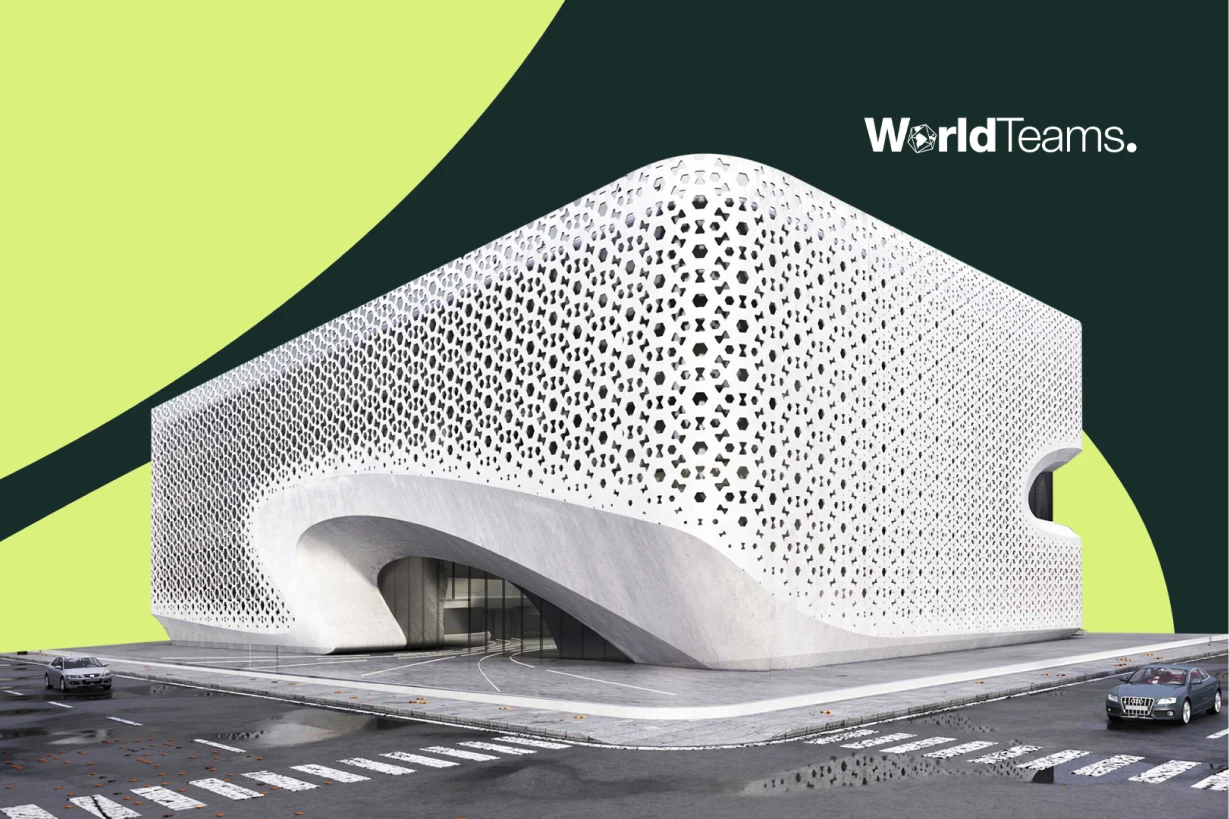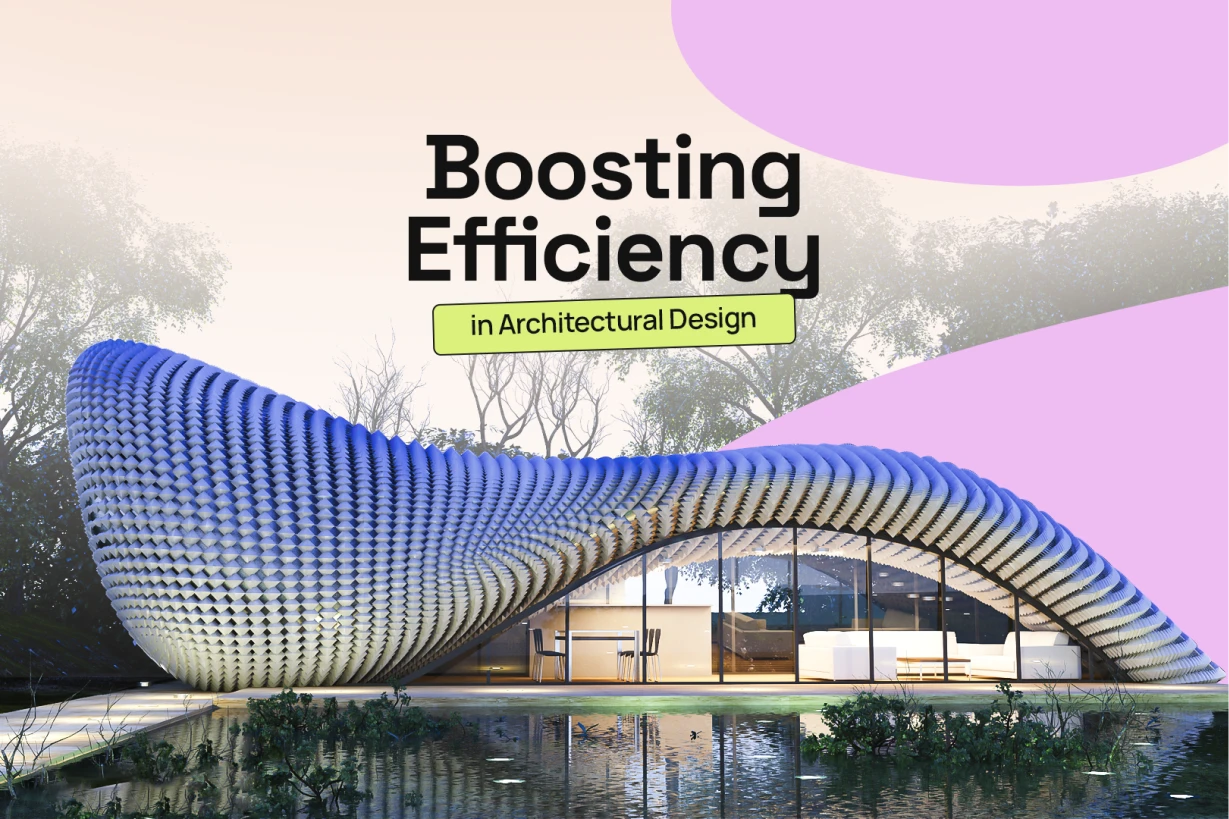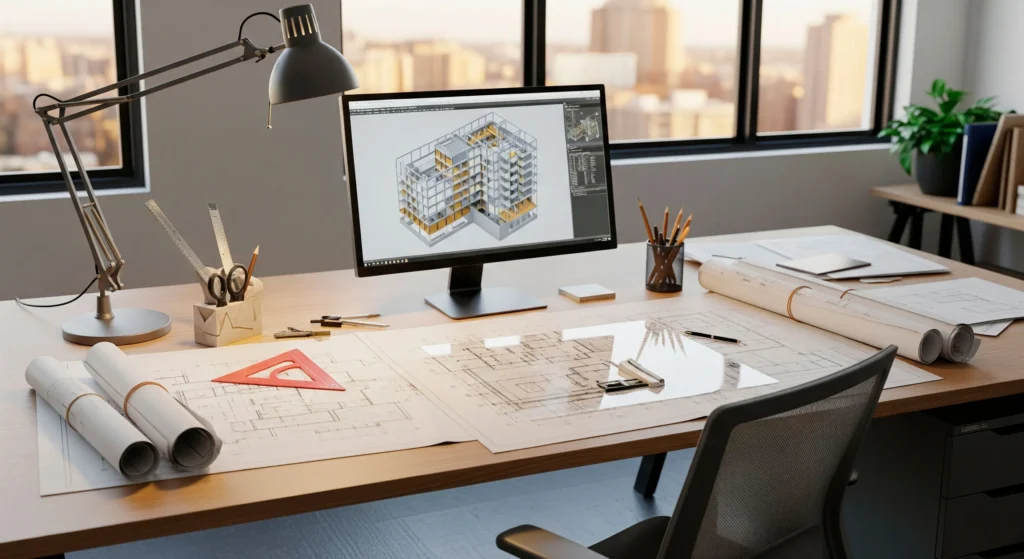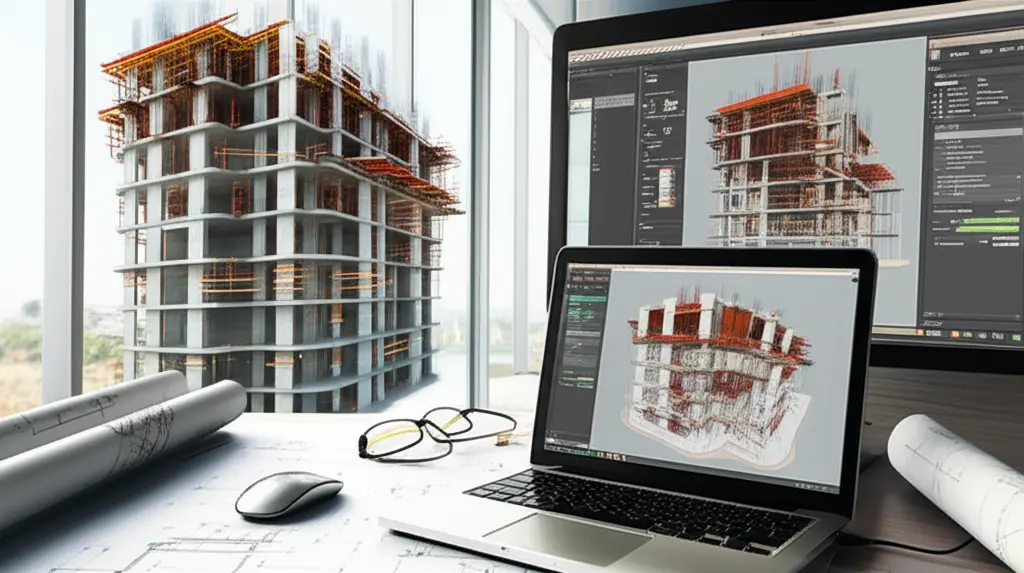Parametric Design in Architecture: Enhancing Creativity and Efficiency

Parametric Design in Architecture: Enhancing Creativity and Efficiency
Architecture has always been a blend of art and science, pushing the boundaries of creativity while adhering to practical constraints. In the modern era, parametric design has emerged as a powerful tool that revolutionizes how architects approach projects, enhancing creativity and efficiency. By leveraging algorithms and computational design, parametric architecture allows for creating complex, organic, and efficient structures that would have been nearly impossible using traditional methods.
But what exactly is parametric design? How is it shaping the architectural landscape? And what benefits does it bring to the table? This article explores the key aspects of parametric design in architecture and how it transforms the industry.
What is Parametric Design?
At its core, parametric design refers to a process where certain parameters or variables are set within a computational model. These variables can influence everything from the geometry of a structure to its spatial layout and performance characteristics. By adjusting these parameters, architects can explore various design solutions efficiently.
Parametric design differs from traditional design because it allows architects to create dynamic relationships between building elements. For example, adjusting the width of a window can automatically change the façade’s shape, ensuring optimal performance and aesthetics without manual recalculations.
In other words, parametric design empowers architects to set rules and constraints that dictate a design’s behavior rather than working from static blueprints. This flexibility leads to greater creativity and innovation in architectural design.
How Parametric Design Enhances Creativity
One of the most significant benefits of parametric design in architecture is its ability to foster creativity. Rigid design processes no longer limit architects; they can now experiment with intricate geometries, complex forms, and organic structures that were once unimaginable.
Organic Parametric Architecture: Nature as Inspiration
Organic parametric architecture is a subset of parametric design that draws inspiration from nature. This approach results in fluid, freeform structures that mimic natural elements such as flowing rivers, leaves, or cellular structures. Architects can now create buildings that blend into their natural surroundings and respond dynamically to environmental factors like wind or sunlight.
For example, the undulating façade of the Heydar Aliyev Center in Baku, designed by Zaha Hadid, is a prime example of organic parametric architecture. The structure’s flowing lines and smooth curves were made possible through parametric design tools, allowing the architect to experiment with multiple iterations before arriving at the final form.
This level of creativity would have been incredibly time-consuming or even impossible with traditional design methods, but with parametric tools, architects can let their imaginations run wild.

Boosting Efficiency in Architectural Design
While creativity is undoubtedly one of the most celebrated aspects of parametric design, its ability to enhance efficiency is equally transformative. Architectural projects involve numerous variables, including material use, environmental impact, and spatial layouts, which must be optimized for functionality and cost-effectiveness.
Parametric design allows for quick adjustments, making testing different scenarios easier and evaluating their impact on the overall design. For instance, parametric models can help architects assess the structural integrity of a building while minimizing material waste and reducing construction costs.
Real-time Feedback and Optimization
One of the most significant advantages of parametric design is the ability to receive real-time feedback during the design process. As changes are made to the parameters, the model automatically updates, allowing architects to see the impact of their adjustments immediately. This real-time feedback loop significantly speeds up the design process and reduces the number of revisions.
For example, an architect might adjust the size of a skylight to increase natural lighting in a building. The parametric model will instantly show how this adjustment impacts the building’s energy efficiency, enabling the architect to make informed decisions without running multiple independent tests.

Parametric Design in Practice: Real-World Applications
Parametric design is not just a theoretical concept; it is being applied in real-world architectural projects worldwide. From skyscrapers to museums, parametric architectural principles influence how buildings are conceived and constructed.
Skyscrapers and High-Rise Buildings
In large-scale projects like skyscrapers, parametric design is particularly valuable for optimizing structural elements. For example, parametric architectural design can ensure that a building’s façade is aesthetically striking and able to withstand strong winds and other environmental pressures.
Parametric models can also optimize the building’s internal layout, ensuring that each floor maximizes its use of space while maintaining structural integrity. This efficiency is crucial in high-rise buildings, where even small changes can greatly impact costs and performance.
Museums and Cultural Spaces
Parametric design is also being applied to cultural and public spaces. Museums, for example, often require unique architectural forms that inspire awe while remaining functional. With parametric tools, architects can explore a wide range of shapes and materials to create iconic spaces that are also highly functional.
The Future of Parametric Architecture
As parametric architecture evolves, we can expect even more significant future innovations. Advances in technology, including artificial intelligence and machine learning, will likely enhance parametric design tools, making them even more intuitive and powerful.
One area of potential growth is the integration of sustainable design principles into parametric models. As environmental concerns become increasingly central to architectural practice, parametric design will play a critical role in creating beautiful and energy-efficient buildings.
Parametric tools can help architects simulate how buildings will perform under different environmental conditions, ensuring that they are visually stunning and sustainable in the long run.
Parametric Design as the Future of Architecture
Parametric design is transforming the architectural industry, enabling architects to push the boundaries of creativity while maintaining efficiency and functionality. Whether creating organic, nature-inspired forms or optimizing high-rise buildings for structural integrity, parametric design allows architects to explore new possibilities and solve complex challenges in previously unimaginable ways.
As the demand for more innovative and sustainable designs grows, parametric design will likely become an essential part of architectural practice. And with the option to outsource architectural services, even smaller firms can take advantage of these cutting-edge tools, ensuring they remain competitive in an ever-evolving industry.
Whether you’re an architect looking to enhance your design capabilities or a firm considering outsourcing architectural services, parametric design offers a pathway to creativity and efficiency that can transform your projects.

Outsourcing Architectural Services for Parametric Design
The complexity of parametric design often requires specialized skills and software that not every firm may have in-house. This is where outsourcing architectural services becomes a strategic advantage.
By outsourcing architectural services to specialized teams with expertise in parametric tools, firms can access the latest technologies without investing heavily in new software or training. Outsourcing architect services can also provide flexibility, allowing firms to scale their design capabilities based on the needs of individual projects.
Architecture outsourcing services offer the added benefit of cost-efficiency. Firms can hire experts on a project-by-project basis, reducing overhead costs while ensuring they have access to the skills needed for cutting-edge design work. This model is particularly valuable for smaller firms or those looking to expand their service offerings without overextending their resources.
Book your free demo today, and let’s build amazing things together!









